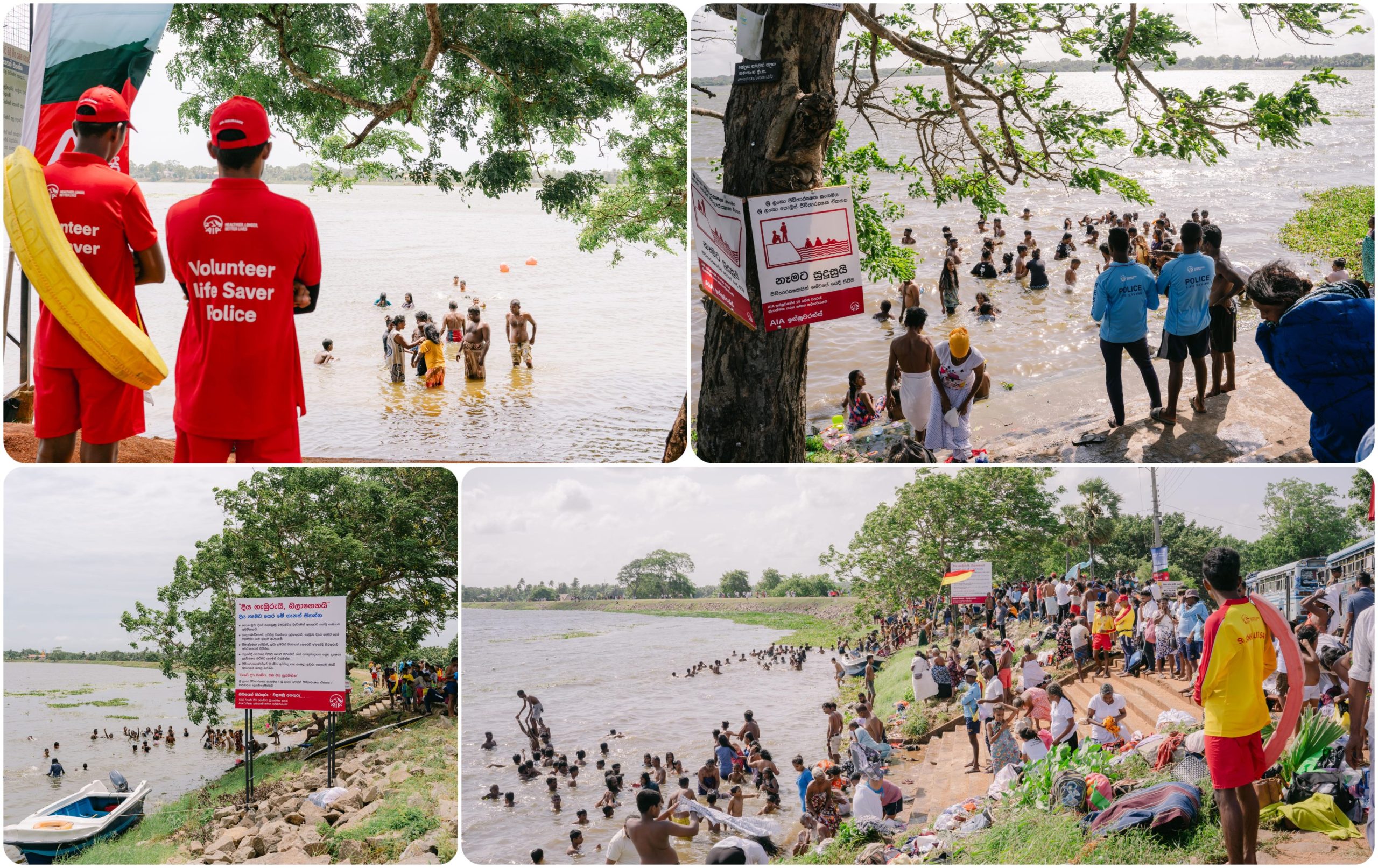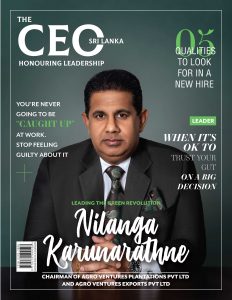International reserve management of a central bank is a dynamic and technical process which is usually designed to ensure that a country’s foreign assets are readily available and controlled to achieve a defined range of objectives. Accordingly, the adoption of appropriate reserve management policies relating to the asset composition, currency mix, liquidity needs, tenor, profitability, safety, etc. of investment instruments could vary from country to country and would depend on the country-specific circumstances and economic priorities.
In this background, the attention of the Central Bank of Sri Lanka (CBSL) has been drawn to several misleading and erroneous interpretations regarding the change in the composition of the CBSL’s international reserve position as at end December 2021. Accordingly, the CBSL wishes to clarify that the changes in the composition of official reserves is in accordance with the current reserve management needs and priorities, considering all aspects of the reserve management requirements, as set out above. In fact, the CBSL’s gold holdings by end 2008 was only USD 92 million (3.6 per cent of gross official reserves of USD 2.6 billion), but was gradually increased by end 2014 to USD 893 million (10.9 per cent of gross official reserves of USD 8.2 billion). Hence, it is evident that the share of gold holdings in the reserve may change from time to time, reflecting the needs of the CBSL to buy, hold or liquidate its gold holdings in accordance with the prevailing reserve management priorities.
In that background, while the CBSL’s gold holdings by end 2021 may have decreased to USD 175 million (5.6 per cent of gross official reserves of USD 3.1 billion) based on the need to enhance the liquidity of the reserve portfolio, the CBSL may, at a future date, consider increasing its gold holdings when the foreign reserve levels grow to values that may warrant a change in the composition of the reserve portfolio.
-Ada Derana


